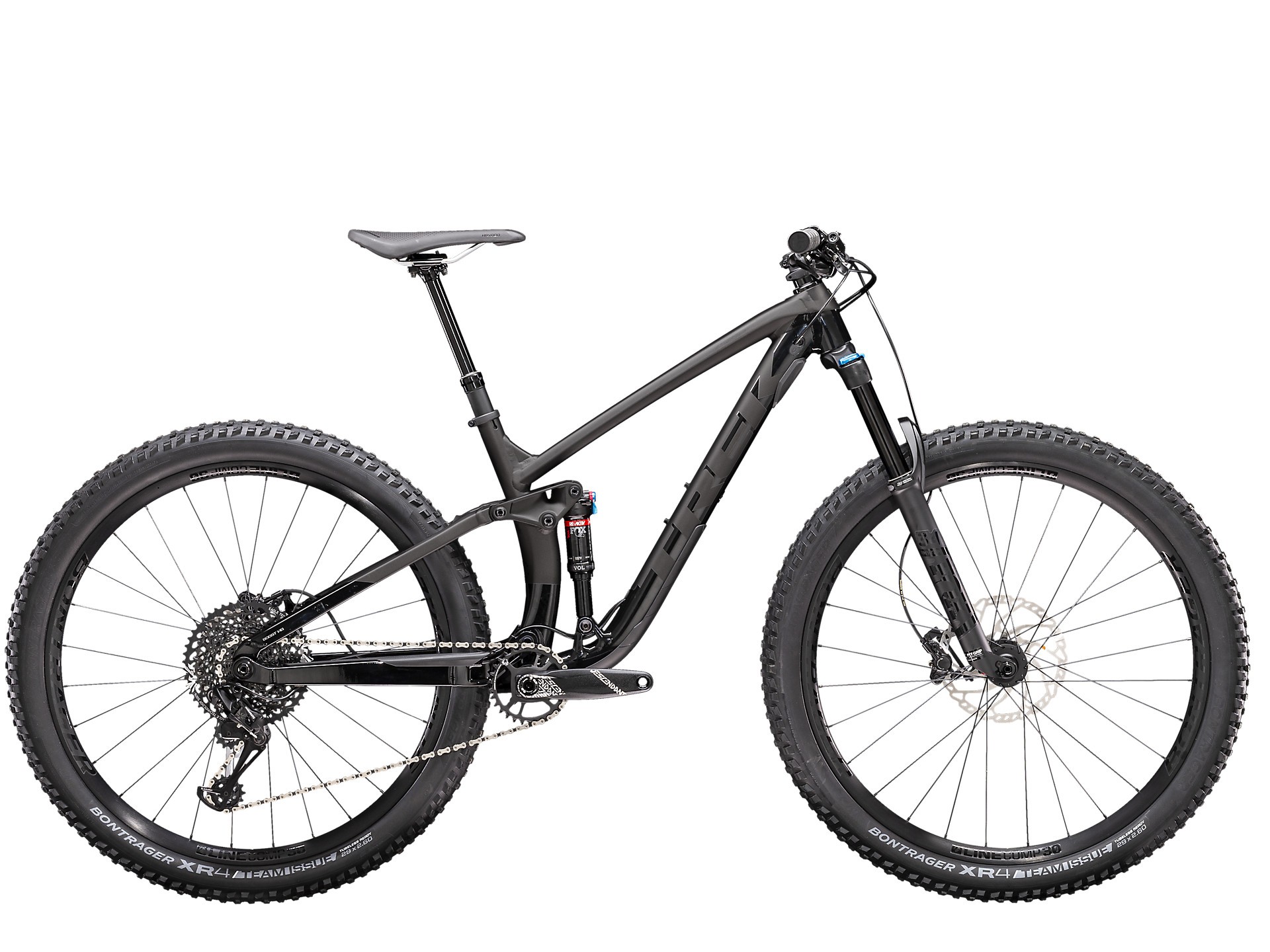The price difference between a $150 bicycle and one costing thousands can be baffling. While riding experience often reveals the distinctions, understanding key component differences can help you decide how much to invest in your next bike.
Frame Materials and Construction: A Foundation for Performance
A bike’s frame significantly impacts its performance and durability. While inexpensive bikes often feature steel frames, these are typically made of lower-grade steel than the chromoly used in high-end steel models. Aluminum frames, common in moderately priced bikes, offer a lighter weight alternative to steel, but their performance depends heavily on design and construction quality. High-end bikes utilize materials like titanium and carbon fiber, providing superior strength, stiffness, and significantly reduced weight, leading to a more efficient and responsive ride. Beyond materials, manufacturing consistency is crucial. Expensive frames undergo rigorous quality control, ensuring precise alignment and minimizing the risk of defects that can plague cheaper bikes.
 Trek Fuel EX mountain bike frame.
Trek Fuel EX mountain bike frame.
Suspension Systems: Smoothing Out the Ride
Full-suspension bikes, designed to absorb bumps and improve traction, vary greatly in performance across price points. Cheap bikes often employ basic steel coil spring suspensions, offering limited adjustability and potentially leading to a harsh ride, especially over uneven terrain. In contrast, expensive bikes utilize air spring shocks with hydraulic damping. These systems are lighter, more adjustable, and provide a smoother, more controlled ride. Furthermore, higher-end suspension systems incorporate superior pivot points with sealed bearings, reducing friction and enhancing durability compared to the bushings found in cheaper alternatives. This results in a more responsive and efficient suspension that can handle demanding trails.
Drivetrain Components: Precision and Durability in Shifting
While most bikes utilize a similar cable-actuated derailleur system for shifting, the quality of components drastically impacts performance. Cheap derailleurs often incorporate plastic parts and exhibit significant slop, making precise shifting challenging. Expensive derailleurs, constructed from durable materials with tighter tolerances, deliver crisp and reliable gear changes. Furthermore, high-end drivetrain components are often rebuildable, allowing for repairs and extending their lifespan, while cheaper counterparts are typically disposable. This difference in build quality affects not only shifting performance but also long-term maintenance costs.
Braking Systems: Stopping Power and Control
Bike brakes fall into two main categories: rim brakes and disc brakes. While rim brakes have been a long-standing standard, disc brakes, once exclusive to high-end bikes, have become increasingly common. Disc brakes offer superior stopping power, particularly in wet conditions, due to their use of metallic or synthetic pads. Expensive bikes often feature hydraulic disc brakes, which provide consistent and powerful braking performance even on long descents, unlike mechanical disc brakes or rim brakes that can fatigue with prolonged use. The choice between rim and disc brakes depends on riding style and budget, but disc brakes generally offer better performance and control.
Conclusion: Investing in Performance and Longevity
While a cheap bike might suffice for casual riding, investing in a more expensive bike offers significant advantages in terms of performance, durability, and overall riding experience. Higher-end components translate to a smoother, more efficient, and more reliable ride, especially noticeable during challenging rides or extended use. Ultimately, the best bike for you depends on your individual needs and budget. However, understanding the key differences between cheap and expensive bikes empowers you to make an informed decision and choose a bike that aligns with your riding aspirations.